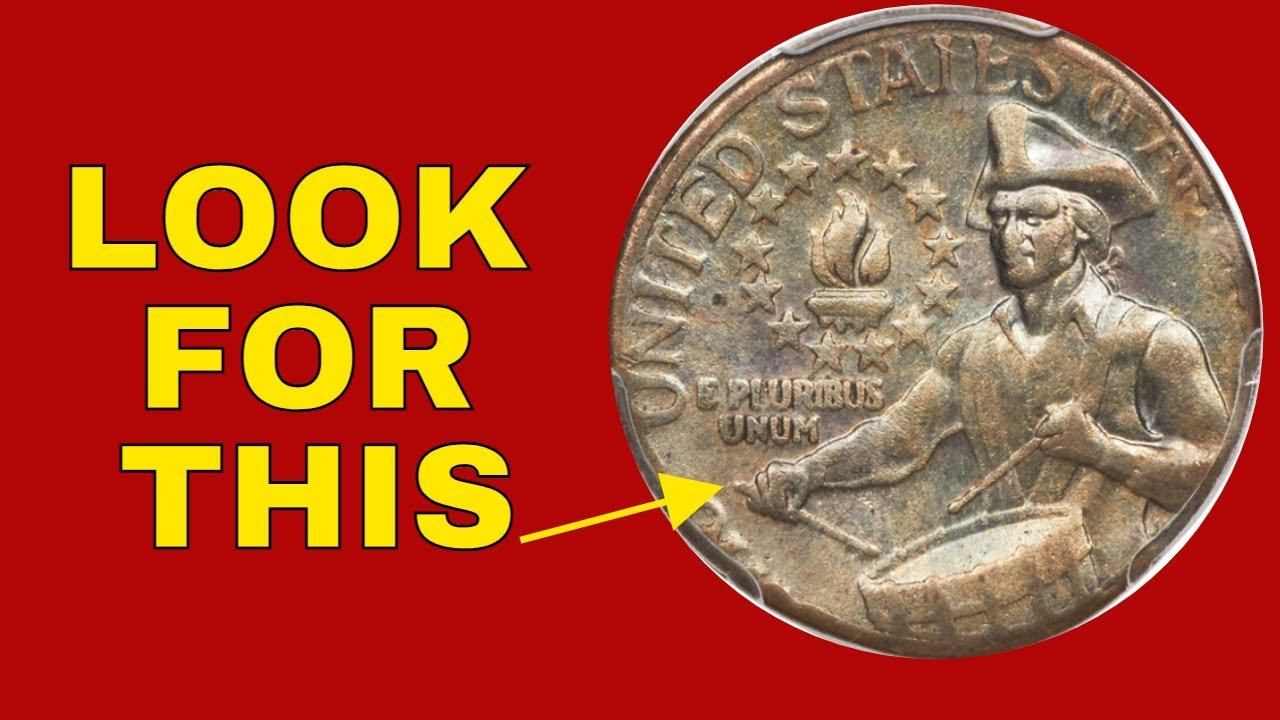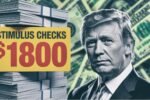Rare: In the world of coin collecting, stories of extraordinary finds often make headlines—but few are as jaw-dropping as the tale of the Bicentennial Quarter allegedly valued at an astounding $2.5 billion. While it may sound like a fantasy, the fascination around this unique coin continues to captivate both seasoned collectors and everyday treasure hunters. Even more incredible? Rumors suggest that it could still be out there, hidden in everyday circulation.
A Quarter Minted for America’s 200th Birthday
The Bicentennial Quarter was released in 1975 and 1976 to commemorate the 200th anniversary of the signing of the Declaration of Independence. These quarters featured a special reverse design: a Colonial drummer with a torch surrounded by 13 stars, representing the original colonies. Unlike the standard Washington quarter, the Bicentennial edition instantly stood out in pockets and cash registers.
Why This Particular Coin Is So Valuable
Most Bicentennial quarters are worth only face value, or slightly more to collectors—so what makes this one different? The coin in question is believed to be an extremely rare minting error, possibly struck on a unique precious metal planchet or with unusual production flaws. Combined with its pristine condition and confirmed authenticity, this particular specimen has reportedly attracted astronomical offers from wealthy collectors.
The Collector’s Holy Grail
Numismatic experts say coins like this are the “Holy Grail” of American currency collecting. If authenticated, its rarity and historical significance—paired with global collector demand—could explain the staggering valuation. While the $2.5 billion figure is debated in the community, there is no denying that such a coin would command a record-breaking price at auction.
Could It Still Be in Circulation?
It may seem unlikely, but rare coins often slip through the cracks—turning up in pocket change, coin rolls from banks, or even tucked away in jars at home. Many collectors have discovered small fortunes in the most ordinary places. That’s why enthusiasts encourage people to always check their change, especially for unusual designs, mint marks, or features.
What to Look For
If you come across a Bicentennial quarter, here are a few key things to check:
-
Date & Design: Look for the dual date “1776–1976” with the Colonial drummer reverse.
-
Mint Mark: Coins minted in San Francisco (marked “S”) or those with unusual lettering or flaws can be especially valuable.
-
Weight & Metal: Rare variants may be struck in silver or on an experimental planchet.
-
Condition: Mint-state coins with no wear have the highest potential value.
Final Thoughts
The story of the $2.5 billion Bicentennial Quarter may border on legend, but it fuels the excitement that makes coin collecting such a thrilling hobby. Whether or not this mythical quarter ever turns up, it’s a reminder that history—and possibly hidden treasure—can still be found in the change jingling in your pocket.
FAQs – The Rare Bicentennial Quarter Valued at $2.5 Billion
1. What makes the $2.5 billion Bicentennial Quarter so valuable?
It’s believed to be a one-of-a-kind minting error, possibly struck on a rare metal planchet, combined with its perfect condition and historical significance. This rarity drives collector demand and extreme valuations.
2. Are all Bicentennial Quarters valuable?
No. Most are worth only 25 cents, though silver proof versions and rare mint errors can be worth hundreds or thousands of dollars.
3. How can I tell if I have a valuable one?
Look for the dual date “1776–1976,” a Colonial drummer design, unusual mint marks, errors in the strike, or silver composition. Having it appraised by a professional is essential.
4. Could this rare coin still be in circulation?
It’s possible, though unlikely. Rare coins have been found in pocket change before, so checking your coins carefully is always worth it.




